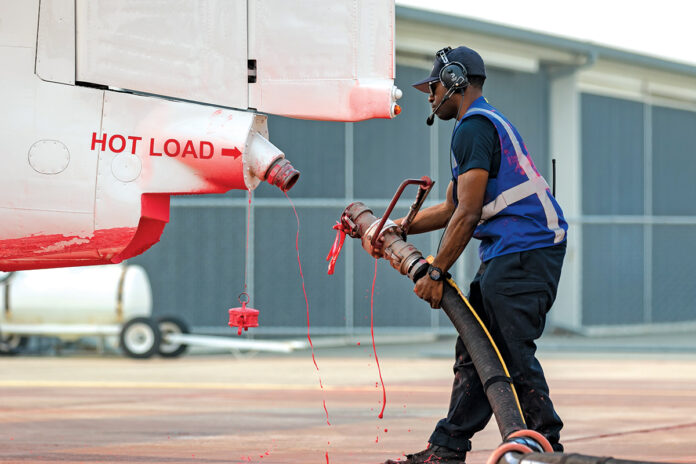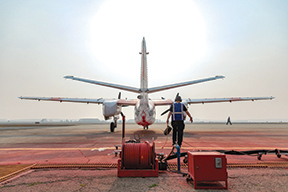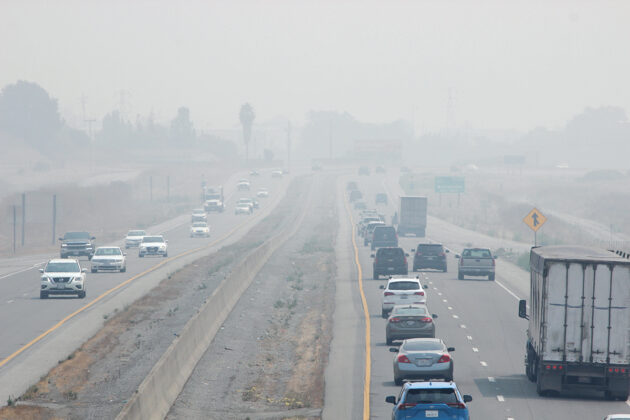The SCU Complex is now between the second and third largest wildfire in California history as firefighters continue to battle the blaze, CalFire officials report.
As of Aug. 26, the fire has burned more than 365,000 acres in seven counties, and destroyed 31 structures. Five people—firefighters and civilians—have been injured. The blaze is 25 percent contained.
Areas bordering Santa Clara County last week were hit with an “Evacuation Warning,” which also affected areas in north San Benito County.
The warning is still active south of Highway 152 to the San Benito County Line, north of the San Benito County Line to Highway 152, east of Lovers Lane and the Santa Clara County line and west of the Merced County line.
According to CalFire, fire activity has lessened due to favorable weather conditions and increased humidity across the complex. There are 23 crews and 1,655 fire personnel assigned to help fight the blaze.
Strike teams and firefighters from nine states are assisting California fire personnel in fighting historic statewide wildfires. More than 15,000 firefighters and personnel, 2,400 fire engines, 280 fire crews, 300 dozers and 370 water tenders are fighting the blaze. There’s been seven reported deaths and nearly 2,000 structures destroyed in the different fires.
Since Aug. 15, there have been nearly 14,000 lightning strikes in California, with 423 new strikes reported on Aug. 26, according to CalFire. During that time there have been 700 new wildfires, which have burned more than 1.3 million acres.
Brian Garcia, National Weather Station meteorologist, said there’s no signs of rain or lightning strikes in San Benito County in the near future.
Garcia said that Aug. 28 will be the hottest day of the week with temperatures reaching the upper 80s and pockets of 90s. The rest of the weekend will be steady in the mid-upper 80s and dropping as low as the mid 50s at night.
CalFire reported that all but three of the Top 20 Largest Wildfires have occurred since 2000. Ten of those wildfires occurred in the last decade.
The SCU Lightning Complex is approximately 20 separate fires broken into three zones; Canyon, Calaveras and Deer. The Deer Zone is 100 percent contained. CalFire said that access into remote areas is hampered by fallen trees and branches that are blocking the roadways.
And it’s not the only large wildfire burning in the region. The CZU Complex fire in the Santa Cruz Mountains has burned about 79,000 acres and destroyed 330 structures.
The LNU Complex fire is burning in Sonoma and Napa counties has burned about 352,000 acres and 937 structures. Five fatalities have been reported in relation to that fire.
The California Department of Public Health is urging residents in fire-stricken regions and surrounding areas to be aware of poor air quality. Air quality in many parts of the state may be unhealthy due to the increasing number of wildfires.
“Smoke doesn’t know borders or boundaries, and regions that are miles away from fires can have poor air quality,” said Acting CDPH Director Sandra Shewry. “We urge Californians to stay indoors as much as possible when air quality is poor. This is especially critical for children, women who are pregnant, older adults, and people with existing lung and heart conditions who may be particularly sensitive to changes in air quality.”
The Air Quality Response Program on Aug. 22 at 2 p.m. recorded air quality index readings as high as 199 in Hollister, marking air conditions as “Unhealthy”, or in the red zone, for all physical outdoor activity. The air was upgraded to “Good”, or in the green zone, at 10 p.m. but the conditions worsened to the red zone again overnight.
On Aug. 24, the AQI measured the conditions as “Moderate”, or in the yellow zone, and they improved to the green zone at 5 p.m. AQRP reported that the “air quality improved in the forecast area seeing mostly ‘Moderate’ conditions due to decreased fire behavior and spread. Communities near the fires may see heaviest smoke impacts while areas south of the fires may see improved air quality due to predicted south winds. Smoke conditions throughout the forecast area are predicted to see Moderate to Unhealthy for Sensitive Groups (USG) with periods of Unhealthy.”
For more information about the SCU Complex fire, visit the incident page on CalFire’s website.
For information about how to prepare your household for a wildfire, visit ready.gov.
Those impacted by wildfires in Santa Clara, Santa Cruz and Monterey counties might be eligible for FEMA disaster assistance.












